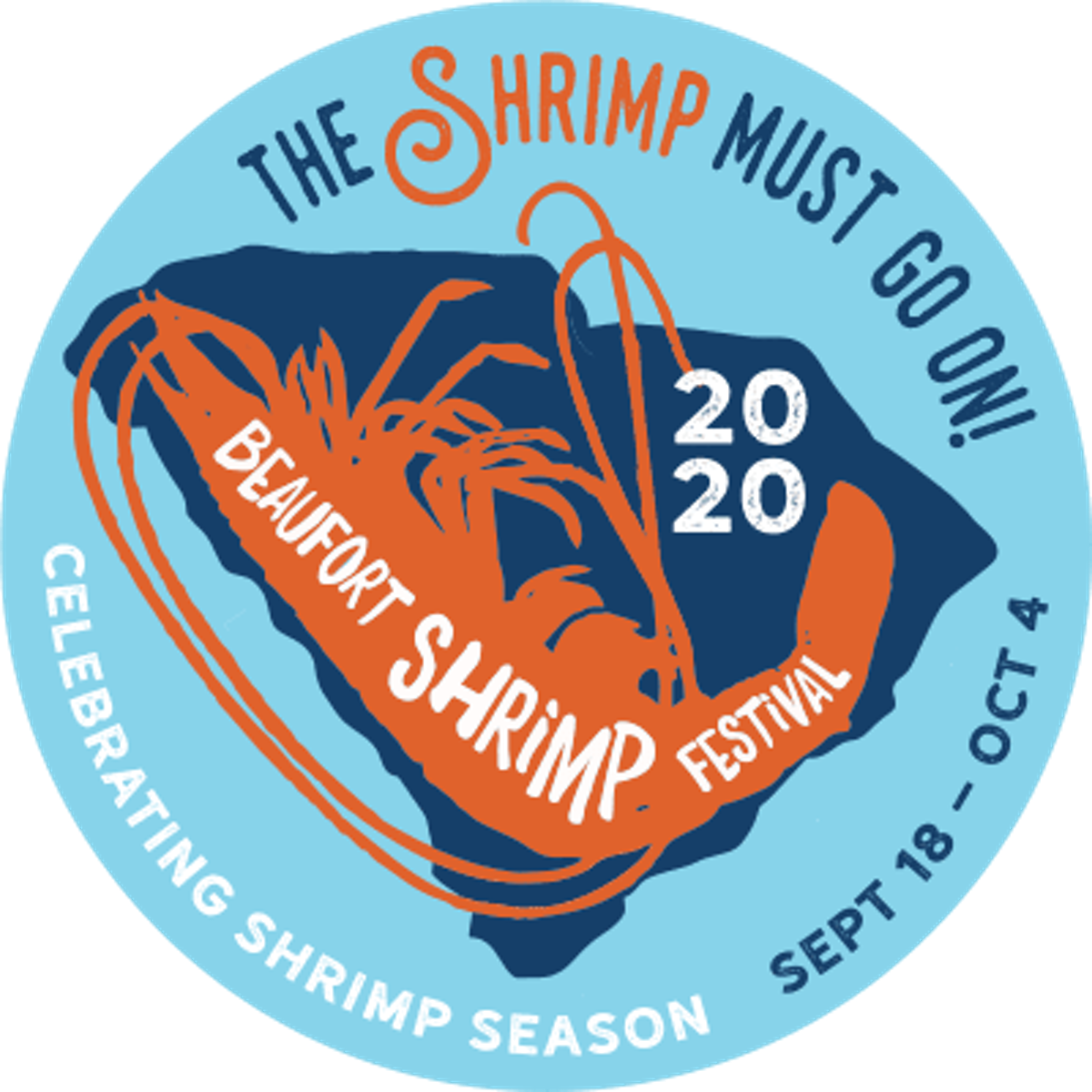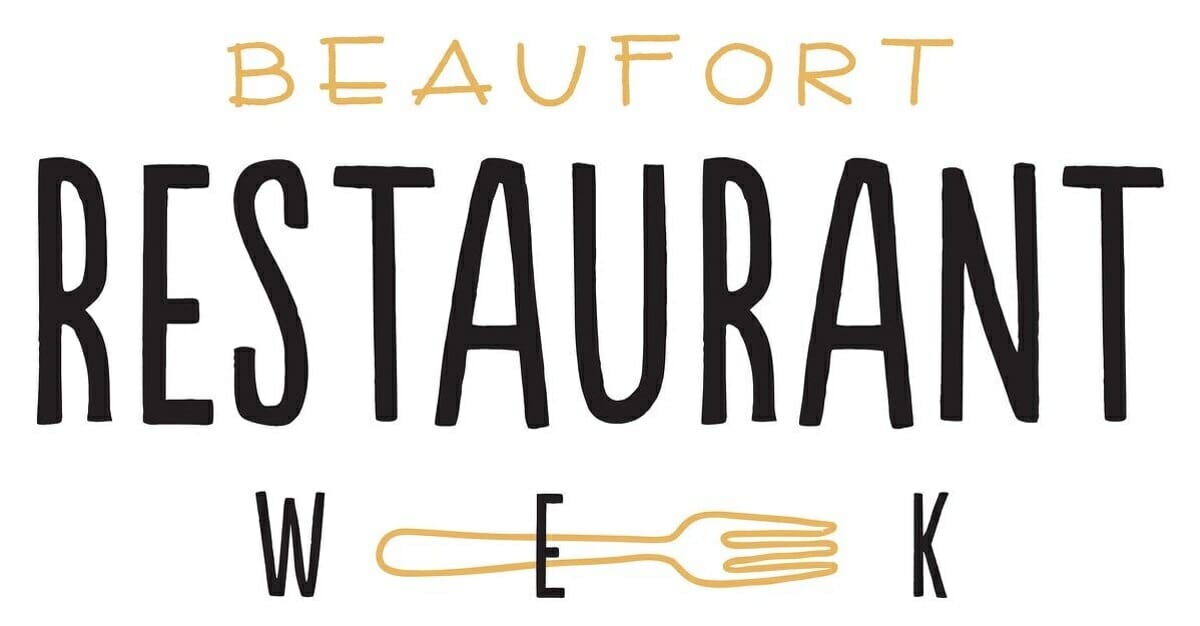By Celia Strong
As we start another new year, our first lesson brings us an easy drinking, universally enjoyable wine — a red Bordeaux with an interesting history, exceptional production and many enthusiasts to come.
Bordeaux is a fairly large region located in western France. It is divided into several different sub-regions by rivers that flow into the Atlantic Ocean. Studying Bordeaux is a huge subject, so for now, we’ll just look at where our new wine comes from — the area located between the Garonne River on its south side and the Dordogne River on its north. Entre-Deux-Mers is named for this location. Literally translated, its name means “between two seas.” Besides being the name of this Bordeaux sub-region, Entre-Deux-Mers is also an appellation for white Bordeaux wines. Many red wines are also produced in the appellation, but they are just classified as Bordeaux. In the mid-20th century, many growers replanted their vineyards with Merlot and Cabernet Sauvignon vines. Hence our red wine.
Chateau Saint-Sulpice makes our red Bordeaux. Established in 1710, the chateau is currently owned by its 11th generation heirs, Pierre Dubergé and son Christophe. The chateau is located in northern Entre-Deux-Mers, close to the city of St. Emilion. They own about 165,000 acres with three distinct soil types — sandy gravel, clay and gravel, and sandy loam — each of which gives the grapes grown there distinct characteristics that make for more complex wines.
In their vineyards, Saint-Sulpice is committed to the EMS, or Environmental Management System. Their viticulture respects the environment and they work their soil while minimizing chemicals. This includes planting grass between every second row of vines, which lets them limit herbicides and makes it easier for the machines they do use. They prefer manual pruning for their vines, as well as manual de-budding, trellising and leaf removal. Their pruning makes sure there are spaces between the bunches of grapes. And this helps the grapes ripen better and limits disease, decay and need for chemicals. Labor intensive for sure, but better for their wine. Harvesting is done mechanically, which lets winemakers control the condition of the grapes. Machine harvest is quicker so more grapes are picked at the exact right time.
After harvest, the grapes are sorted, de-stemmed, crushed and fed into stainless steel tanks for fermentation. The winemaking process at Saint-Sulpice is a combination of traditional knowledge and modern techniques. They mature their wines in both oak barrels and temperature-controlled vats. This way maceration is done to make their wines as they choose. They have 50 French oak barrels, which are used for blending and adding complexity to the wines, and their vats can hold 85,000 gallons. The cellar can store 120,000 bottles for aging until they are released. The time and care that goes into Saint-Sulpice wines is close to that of many of the great, very expensive red Bordeaux wines. Our Chateau Saint-Sulpice is their “classic” red wine, but they also make other reds and a white that we have enjoyed for several years.
Our wine is a blend of 70 percent Merlot, 20 percent Cabernet Sauvignon and 10 percent Malbec. These exact percentages vary a bit from vintage to vintage, but the varieties are always in this order and close to these numbers. After sorting and de-stemming, fermentation takes eight days in temperature-controlled stainless steel tanks. Cooler temperatures enhance the fruitiness of this wine, one of its best characteristics. It can take 18 to 20 months between the blending and the release of each vintage. This wine has a deep, cherry red color. Its aromas and flavors are intense, complex and harmonious and include ripe red and black fruits like cherries, black cherries, raspberries, blackberries, currants, plums, all mixed with baking spices — cinnamon, vanilla, cardamom — and herbs. All the flavors come together in a very balanced wine. It has moderate tannins, medium body and a lingering finish. All evidence of its quality of grapes and winemaking. Perfect for our first wine this year for $14.99. Enjoy.
Celia Strong works at Billís Liquor & Fine Wines on Ladyís Island.




